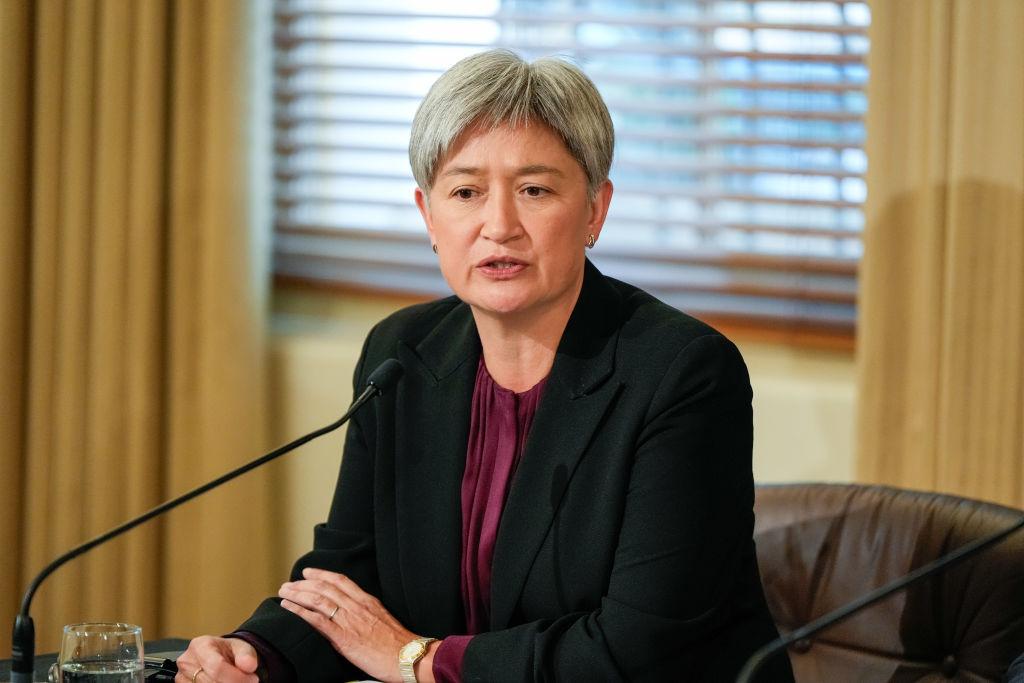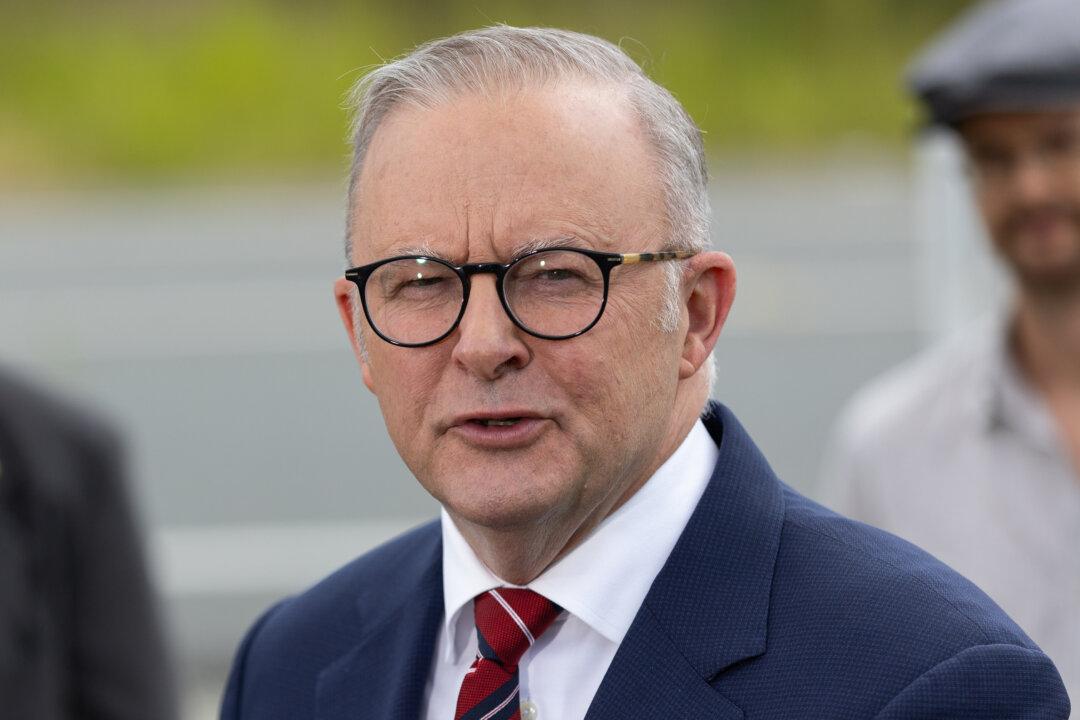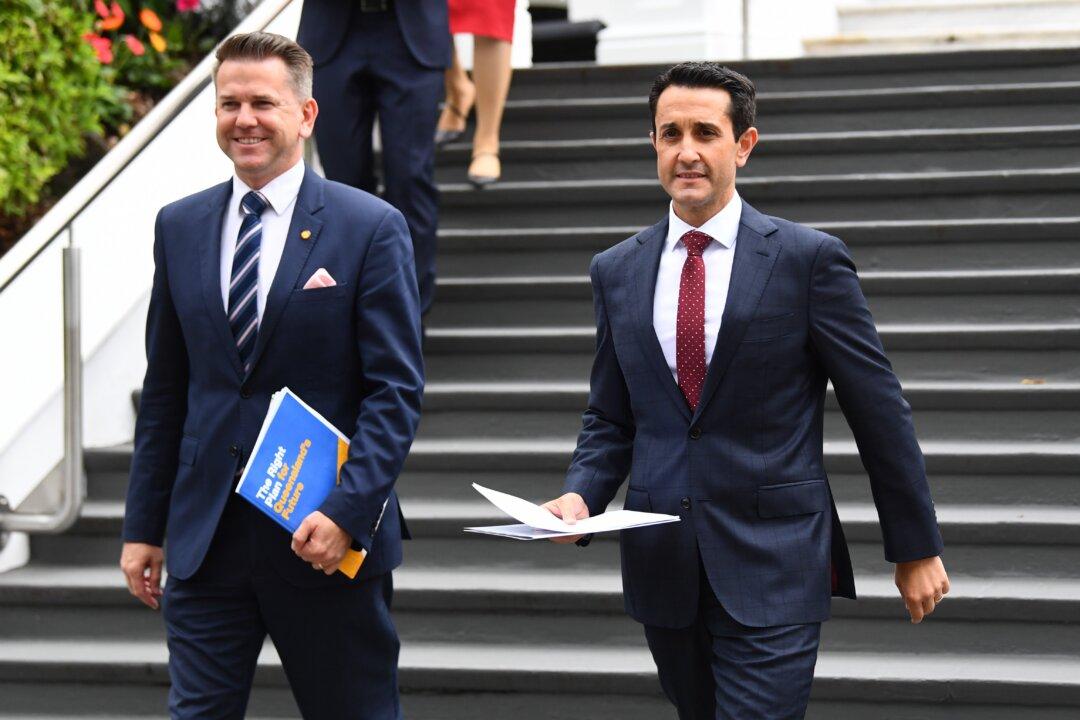Pressure is mounting on the New South Wales’ (NSW) public purse as wage demands from public sector workers intensify.
Yet the push for higher wages—quite generous in some cases—has ignited concerns about whether it is economically viable in the long term.
NSW rail workers have pushed for a 32 percent pay raise over four years, while psychiatrists, represented by the Australian Salaried Medical Officers’ Federation (ASMOF), are seeking a 25 percent increase.
These demands come as state and federal public workers push for increases to their pay packets as cost of living issues bite.
Yet, according to the latest Australian Bureau of Statistics (ABS) data, public sector employment reached 2,517,900 in June 2024, marking an increase of 169,500 people since June 2022.
The overall cost to taxpayers has surged to $232.1 billion in 2023-24, reflecting a 15.5 percent rise over the past two years.
Graham Young, executive director of the Australian Institute for Progress, argues this growth is unsustainable, citing broader economic indicators.
“The public service doesn’t create wealth; it redistributes wealth that is created elsewhere,” he said.
Young pointed to ABS figures that revealed Australia had experienced seven consecutive quarters of negative per capita growth, a sign of declining productivity.
Broader Economic Problems
Independent economist Saul Eslake warned of potential spillover effects into the private sector.He said wage hikes averaging close to 8 percent annually over four years could set a benchmark for private sector wage claims, exerting upward pressure on prices and inflation.
“While these increases may not directly contribute to inflation if confined to the public sector, they will influence private sector expectations, ultimately driving consumer prices higher,” Eslake told The Epoch Times.
Treasury’s Mid-Year Economic and Fiscal Outlook (MYEFO), released in December 2024 projects a deficit of $26.9 billion for the current financial year—$1.3 billion lower than earlier forecasts.
Labor Not Tempering Union Demands: Young
Observers suggest that union influence over Labor-led state and federal governments has played a significant role in the surge in public sector spending.“The union movement holds a strong influence on policies and preselections, acting as a major source of campaign funding and personnel,” Young said.
He criticised the current leadership for increasing spending without considering its long-term economic implications, arguing that previous Labor governments had taken a more measured approach to union demands.
Despite government assurances of economic improvement, Young contends that the reported 0.7 percent growth in real wages over the four quarters to September 2024 is misleading and does not reflect underlying economic strength.
Calls for Fiscal Restraint
In response to mounting concerns, the Business Council of Australia (BCA) and the International Monetary Fund (IMF) have urged the government to adopt a more disciplined fiscal approach.The BCA has called for spending restraint to prevent inflationary pressures from exacerbating the cost-of-living crisis.
CEO Bran Black warned that without tighter control, inflation could erode household purchasing power.
The IMF echoed these sentiments in its October 2024 report, advising the government curb discretionary spending and prioritise long-term fiscal health.
The IMF cautioned that excessive public sector wage spending could undermine Australia’s broader economic recovery.
Recent economic data paints a concerning trend.
The ABS reported just 0.3 percent economic growth for the September quarter, falling short of expectations and signalling a slowing economy.
Government Defends Spending
Treasurer Jim Chalmers has defended the rise in government spending, attributing it to essential pressures that “no responsible government could deny.”He pointed out that the 5.7 percent increase in expenditure was lower than what occurred under the previous government.
Chalmers rejected calls for drastic budget cuts, warning that a “slash and burn … austerity budget” would be “diabolical for an economy which is barely growing as it is.”
He emphasised that much of the spending is directed toward critical areas such as early childhood education, pension indexation, and strengthening Medicare.
As the debate over public sector wage increases intensifies, the challenge for policymakers will be to strike a balance between fair compensation for workers and responsible fiscal management to ensure Australia’s economic resilience in the years ahead.







